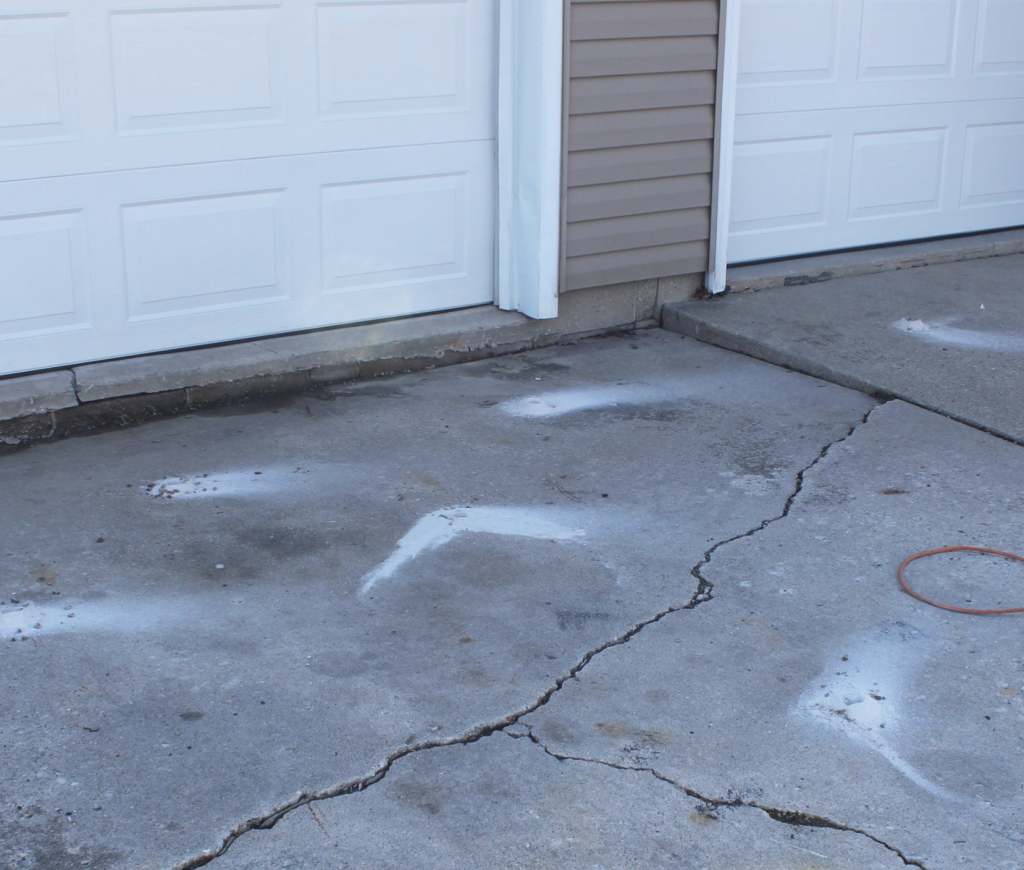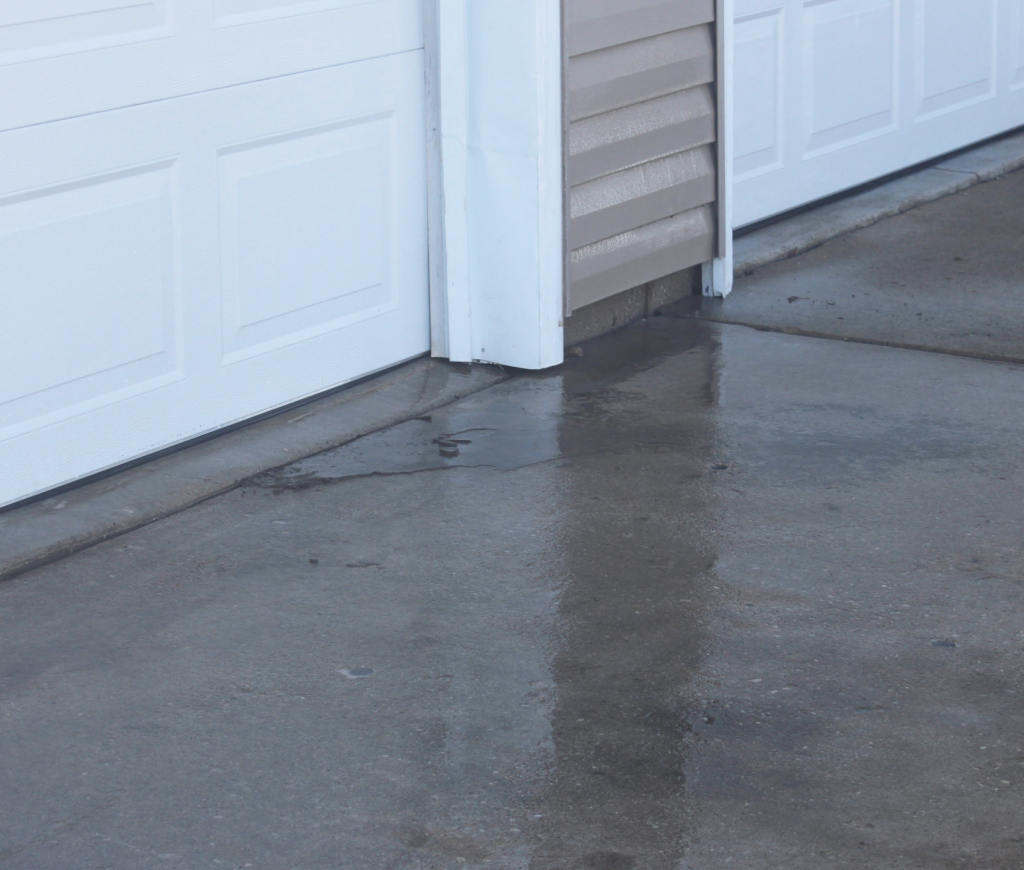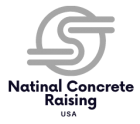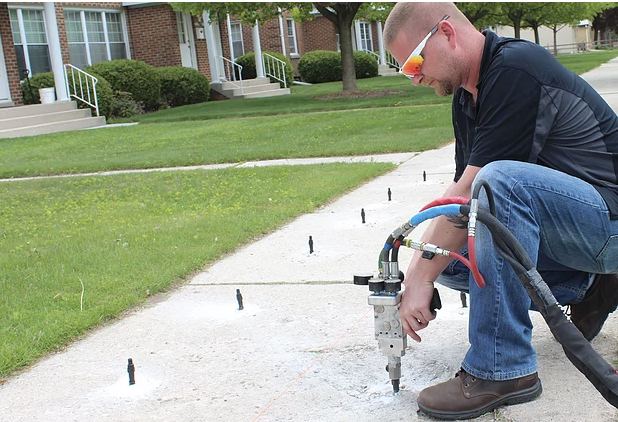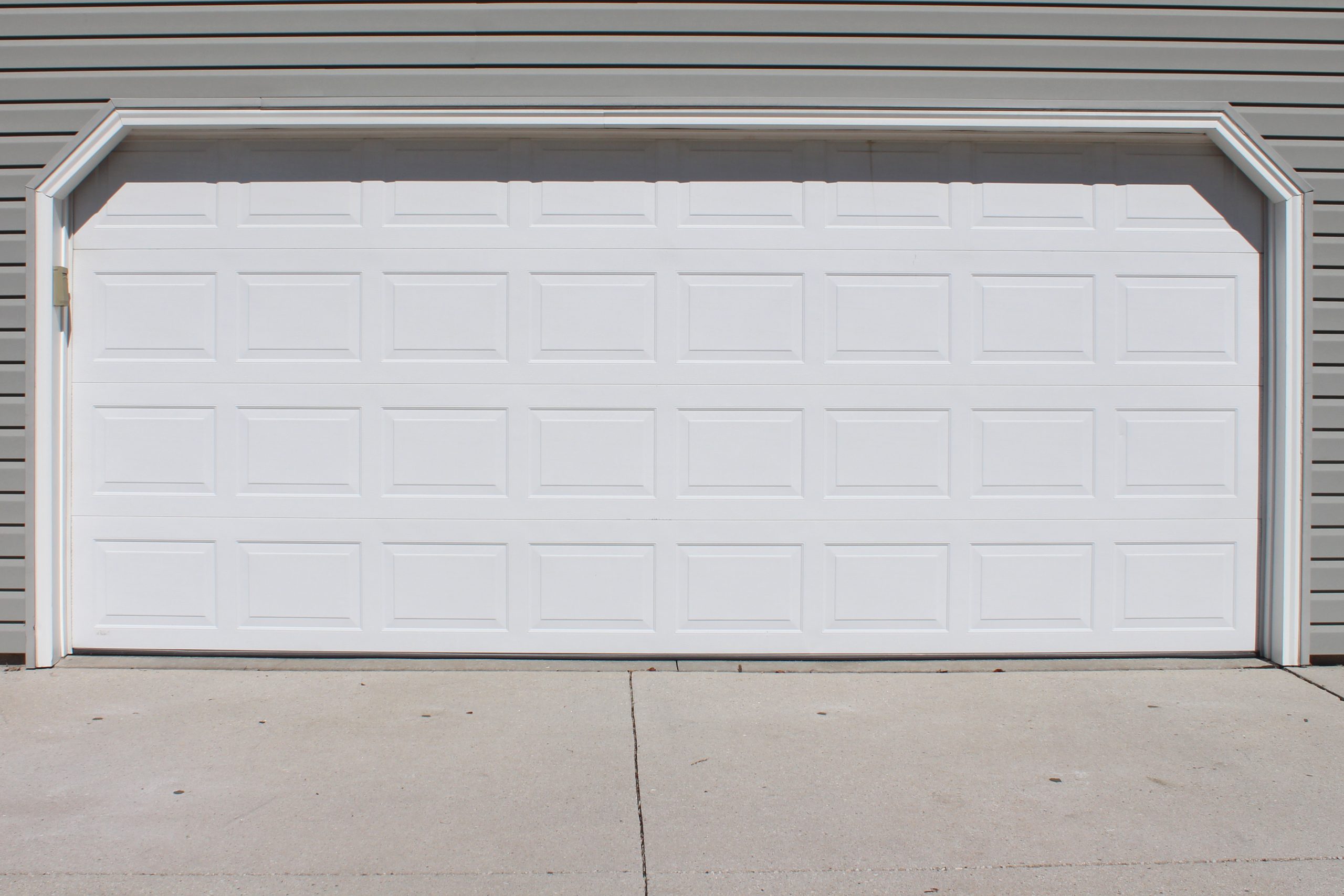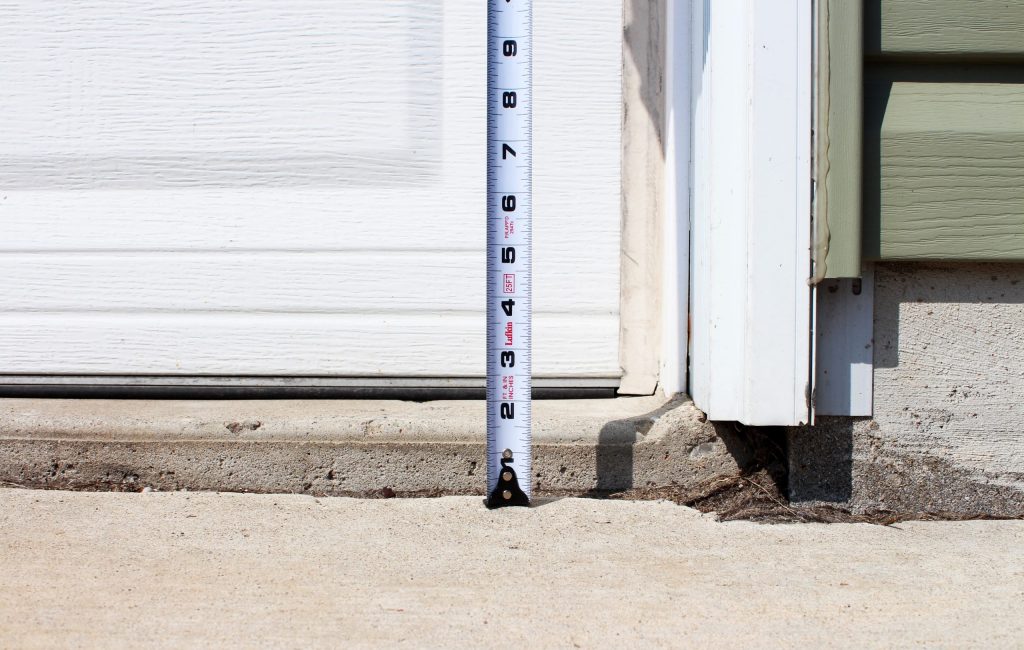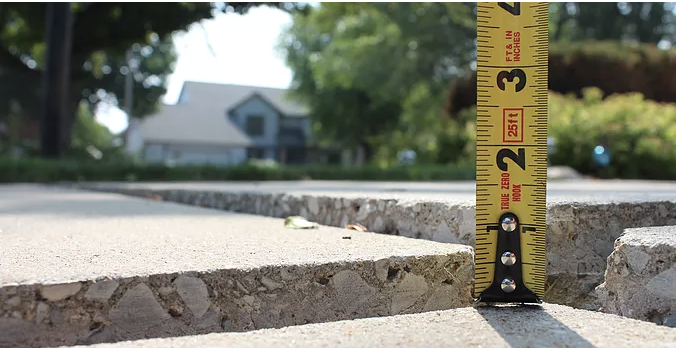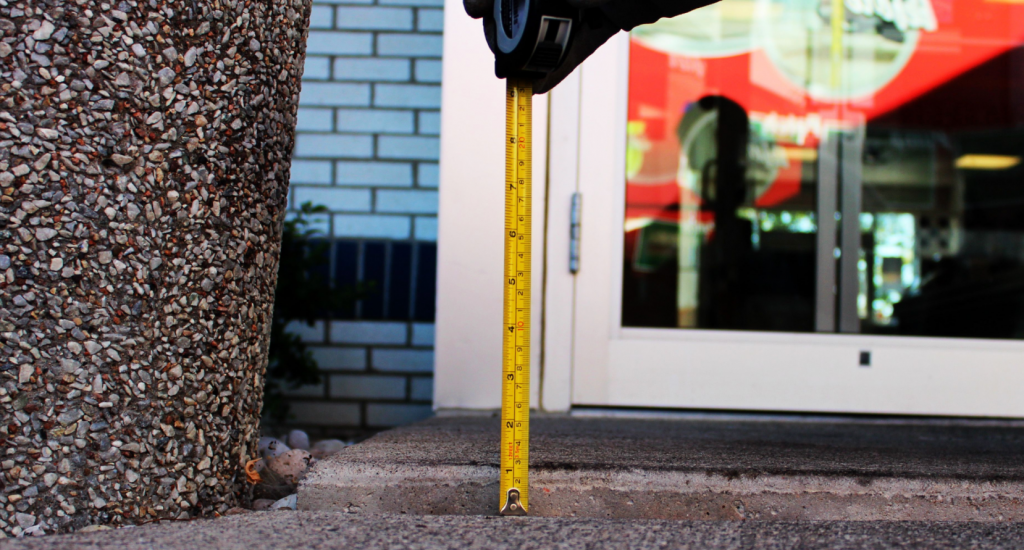Sidewalk Leveling Peabody Massachusetts
Two of the most common methods of concrete repair in fixing these scenarios are mud jacking and polyjacking. This method has been repairing concrete driveways, sidewalks, patios and parking lots.
HOME >> Massachusetts >> Peabody >> Sidewalk Leveling
Sidewalk Leveling Peabody MA | Sidewalk Mudjacking
Sidewalk Repair and Leveling
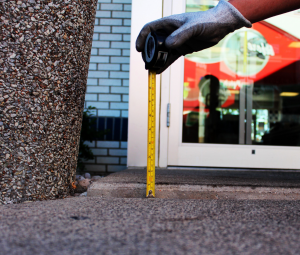
In civil engineering, concrete leveling is a procedure that attempts to correct an uneven concrete surface by altering the foundation that the surface sits upon.
In order for your structure to be poured your whole lot needs to be dug out eight to ten feet deep. After the foundation has time to set, the hole around the structure is filled and the lawn is graded. The driveway, pathways, outdoor patios and also garage are then soaked the loose dirt.
Sidewalk Rasing Process
This process typically requires holes between 1″ and 2″ in diameter. This “mud” is injected under the concrete slabs, oftentimes using a movable pump that can access most slabs. Once the void under the slab is filled, the pressure builds under the slab, lifting the concrete back into place. Once in place, the holes are filled with a color-matching grout.
Benefits of Mudjacking
- Low-pressure lifting of slab
- Finely controlled lifting of the slab
- Complete filling of the void, without any air pockets
- Higher compressive strength than Foam Leveling
- Environmentally friendly
- Budget-friendly
A sidewalk, pavement, footpath, or footway, is a path along the side of a road. Usually constructed of concrete or asphalt, it is designed for pedestrians. A sidewalk may accommodate moderate changes in grade and is normally separated from the vehicular section by a curb.
Services We Offer Near Peabody, Massachusetts:
- Sidewalk Mudjacking
- Garage Floor Repair
- Garage Floor Leveling
- Garage Floor Raising
- Slab Raising
- Stoops Leveling
- Pool Deck Leveling
- Cement Leveling
- Concrete Leveling
- Concrete Repair
- Concrete Raising
- Mud Lifting Concrete
Concrete Leveling Services
Concrete Leveling
Concrete is a composite material composed of fine and coarse aggregate bonded together with a fluid cement (cement paste) that hardens (cures) over time.
Slabjacking
“Slabjacking” is a specialty concrete repair technology. In essence, slabjacking attempts to lift a sunken concrete slab by pumping a substance through the concrete, effectively pushing it up from below. The process is also commonly referred to as “mudjacking” and “pressure grouting.”
Accounts of raising large concrete slabs through the use of hydraulic pressure date back to the early 20th century. Early contractors used a mixture of locally available soils (sometimes including crushed limestone and/or cement for strength), producing a “mud-like” substance and thus the term “mudjacking.” In recent years, some slabjacking contractors began using expanding polyurethane foam. Each method has its benefits and disadvantages.
Causes of settlement
Concrete slabs can be susceptible to settlement from a wide variety of factors, the most common being an inconsistency of moisture in the soil. Soil expands and contracts as the levels of moisture fluctuate during the dry and rainy seasons.
What Our Customers Say About Our Concrete Leveling Work...



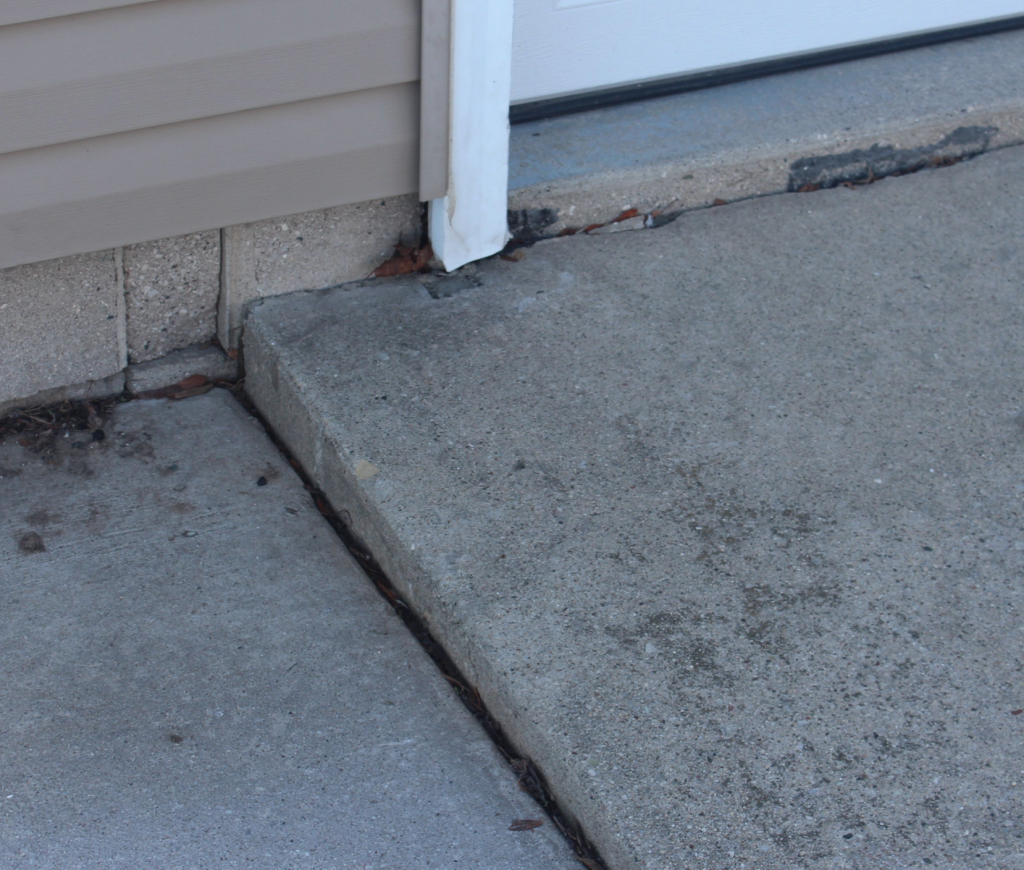
We're here to help! Call Us Today!
Concrete slabs can be susceptible to settlement from a wide variety of factors, the most common being an inconsistency of moisture in the soil. Soil expands and contracts as the levels of moisture fluctuate during the dry and rainy seasons. In some parts of the United States, naturally occurring soils can consolidate over time, including areas ranging from Texas up through to Wisconsin. Soil erosion also contributes to concrete settlement, which is common for locations with improper drainage. Concrete slabs built upon filled-in land can excessively settle as well. This is common for homes with basement levels since the backfill on the outside of the foundation frequently is not compacted properly. In some cases, poorly designed sidewalk or patio slabs direct water towards the basement level of a structure. Tree roots can also have an impact on concrete as well, actually powerful enough to lift a slab upwards or breakthrough entirely; this is common along public roadways, especially within metropolitan areas.
Concrete settlement, uneven concrete surfaces, and uneven footings can also be caused by seismic activity especially in the United States.
Slabjacking can typically be broken down into three main process types:
- Mudjacking.
- Limestone Grout Leveling.
- Expanding Structural Foam Leveling.
